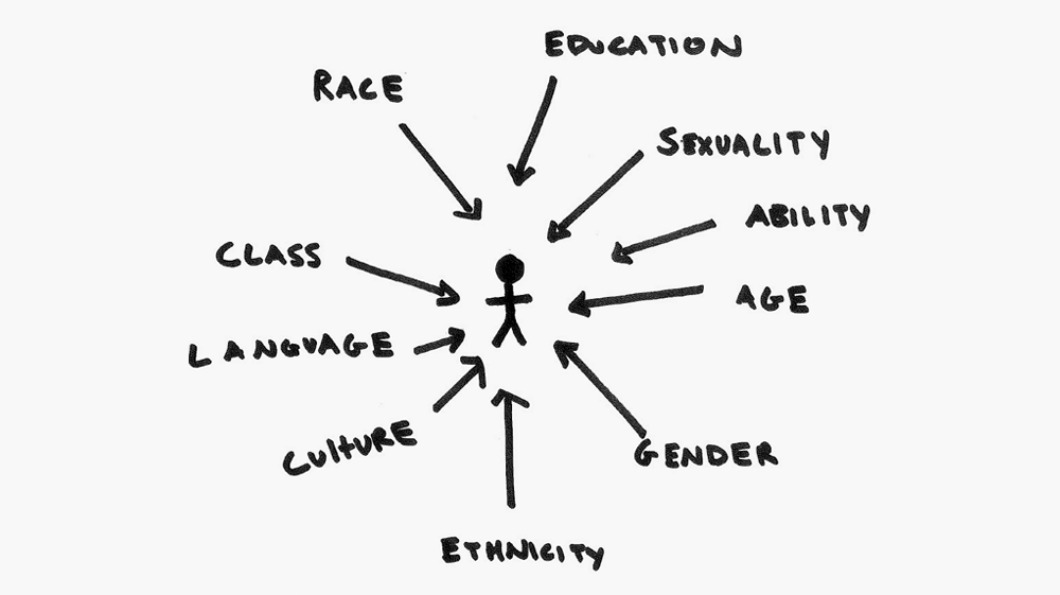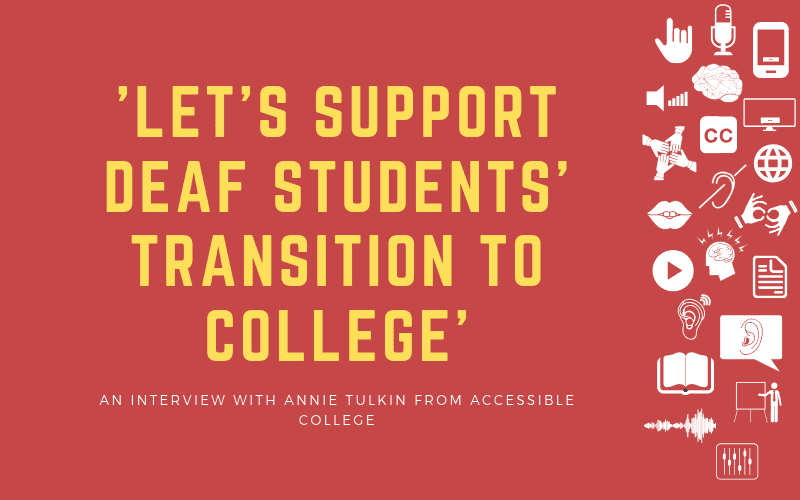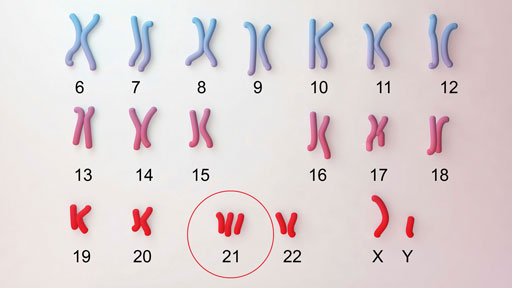Though the US has laws that explicitly protect individuals with disabilities against discrimination and provides welfare and education opportunities, many countries around the world do not. In the Netherlands, 91% of people believe that their country is “a good place” for those with intellectual disabilities. In the US, it’s 82%. While these statistics show a general appreciation for the rights of the intellectually disabled community, not every country does so well. In Yemen, just 24% of people believed that their country was a good place. So, how are disability rights different between the Netherlands and Yemen, and how does the quality of life for people in low ranking countries look?

This past summer I traveled to Kenya to work in an integrated school called Tania. In Kenya, 55% of people believe the country is a good place for those with disabilities, and while the majority of people believe this, I was shocked to witness the differences in the special education system. In the classroom I worked in, the teacher sat behind her desk (beading a bracelet), while her students were left unengaged, moaning, and rocking back and forth. Kids sat in a puddle of their own pee as flies landed on their lips. On the other side, the students without disabilities were extremely supportive of their peers and helped them to do chores and made sure that they got their meals first. What was most shocking was that Tania is one of the best (and only) special education programs in Kenya. It’s difficult for me to wrap my head around the majority of people believing that this was a good environment for people with disabilities to live in.
With Kenya already looking so different from the US, I can only imagine what it’s like in Yemen. Since many people in Yemen are affected by poverty and violence, the number of people with disabilities is high. While the government has passed laws that protect people with disabilities, they are not enforced. Some families even keep their children with disabilities locked in their homes, afraid of the social stigma that comes with disability. Individuals with disabilities can be denied access to education, employment, healthcare, and accessibility. Most people in Yemen are Muslim, which puts an emphasis on caring for people with disabilities. Because of this fundamental belief, some people with disabilities receive services. Outside of the government, there are several NGOs that provide services for people with intellectual disabilities. There is the Yemen Center for Autism and Handicap International.







:max_bytes(150000):strip_icc():format(webp)/What-are-the-three-levels-of-autism-260233-5baab02fc9e77c002c390bd2.png)




